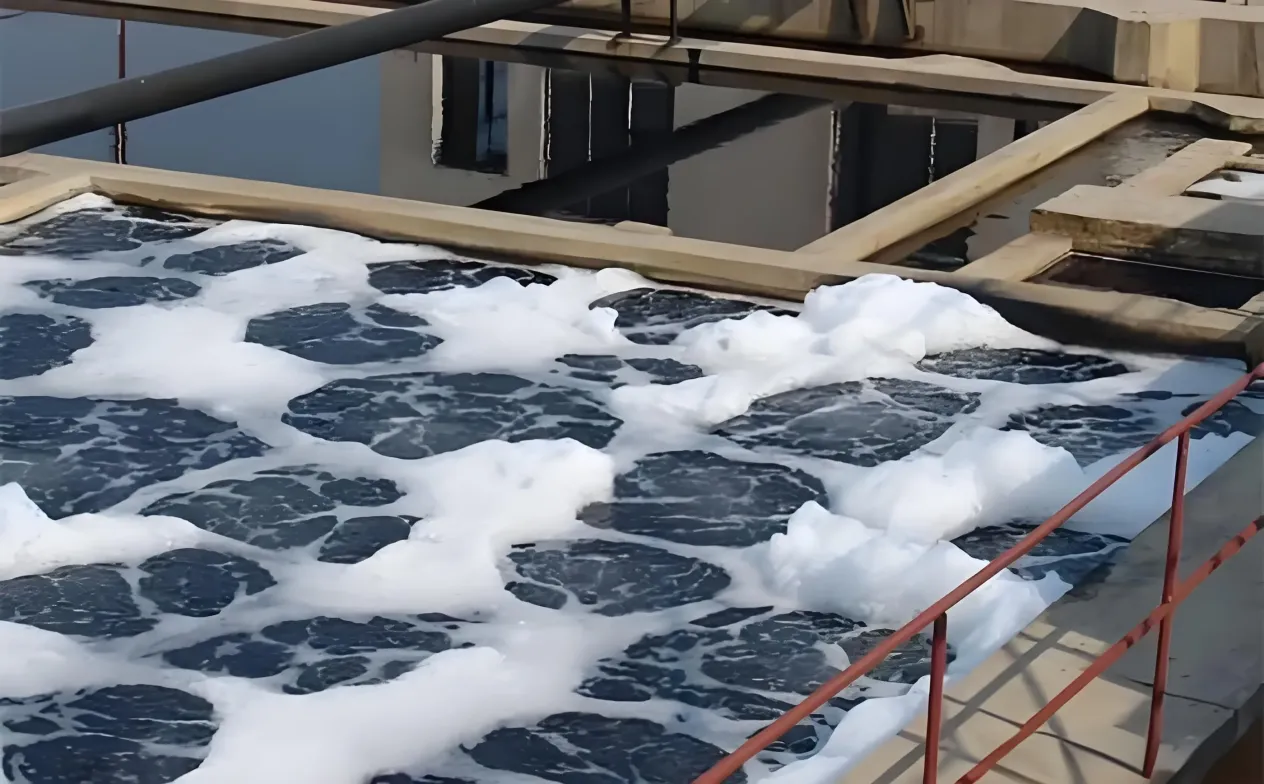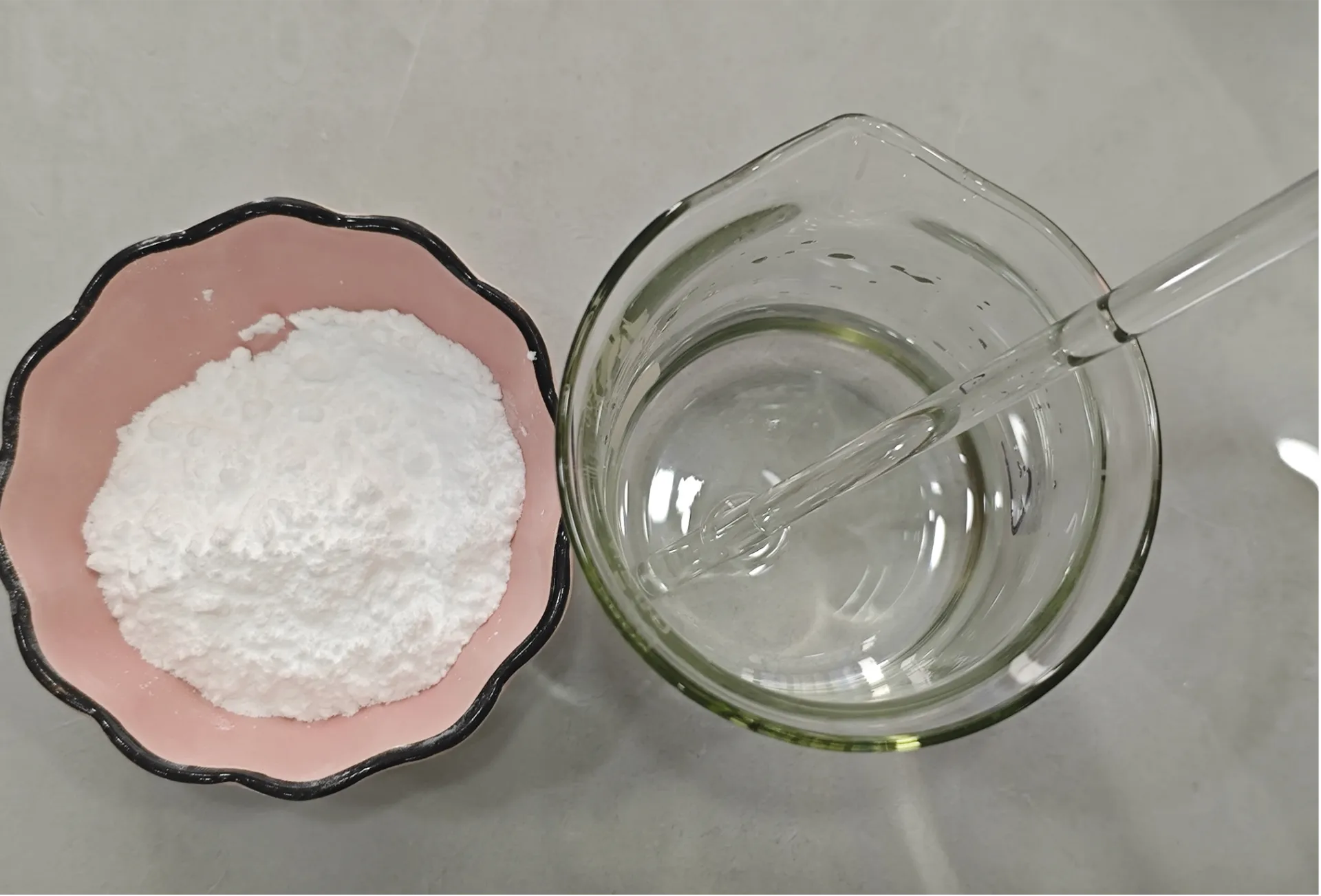
Understanding Antifoaming Agents: Types, Uses, and Industry Applications
Foam is a common issue in various industrial processes, from chemical manufacturing to food production and automotive systems.

Subtitle 1: Exploring the Main Types of Antifoaming Agents
Uncontrolled foam can lead to decreased efficiency, contamination, and equipment damage. To combat this, different أنواع عوامل منع الرغوة are used to eliminate or prevent foam formation across diverse industries.
There are several main categories among the أنواع عوامل منع الرغوة, including oil-based, powder-based, water-based, and silicone-based agents. Among them, the عامل السيليكون المضاد للرغوة is one of the most widely used due to its excellent spreadability, thermal stability, and high defoaming efficiency. It is especially effective in high-temperature and high-pH environments such as industrial water treatment, pulp and paper processing, and chemical production.
For those seeking more eco-conscious solutions, a natural anti foaming agent provides an alternative. These agents are typically derived from vegetable oils, waxes, or fatty acids and are ideal for applications where sustainability and biodegradability are important, such as organic food processing or green cleaning products. Though they may be less aggressive than synthetic types, their environmental compatibility makes them valuable.
To help professionals navigate their options, an قائمة عوامل منع الرغوة often includes both synthetic and natural alternatives, specifying their chemical makeup, operating conditions, and industry relevance. This list can be an essential reference tool for manufacturers and engineers when selecting the appropriate agent for a specific process.

Subtitle 2: Practical Uses of Antifoaming Agents in Key Industries
The practical anti foaming agent uses span across a wide array of industries. In food and beverage processing, they prevent foam in fermentation tanks and mixing processes, ensuring clean and efficient production. In textiles, antifoaming agents help maintain smooth dyeing and finishing by minimizing air bubble formation. In wastewater treatment, they control surface foam, which is vital for effective aeration and separation processes.
In the automotive sector, the role of an anti foaming agent for coolant is particularly critical. When foam develops in engine coolant systems, it can trap air and disrupt the coolant flow, leading to engine overheating or mechanical failure. A suitable anti foaming agent for coolant ensures stable thermal conductivity and smooth system performance, safeguarding engine longevity.
Pharmaceutical, cosmetic, and chemical industries also depend heavily on antifoaming chemicals to maintain product purity and processing consistency. Whether it's during the mixing of creams, the filling of vials, or the production of liquid medications, eliminating foam ensures that active ingredients are evenly distributed and dosing is accurate.
Ultimately, selecting the right antifoam depends on the nature of the process, the ingredients involved, and the environmental conditions. Having a detailed قائمة عوامل منع الرغوة and understanding the anti foaming agent uses are crucial for making informed decisions. Whether choosing a powerful عامل السيليكون المضاد للرغوة for industrial degassing or a natural anti foaming agent for eco-safe applications, antifoaming solutions help streamline operations, protect equipment, and ensure product quality across sectors.
Product FAQ: Choosing and Using Antifoaming Agents
Q1: What are the main أنواع عوامل منع الرغوة available in the market?
A: The primary types include silicone-based, oil-based, water-based, powder-based, and natural antifoaming agents, each suited for specific environments and foam challenges.
Q2: How does a عامل السيليكون المضاد للرغوة work, and where is it commonly used?
A: It disrupts the foam film and spreads quickly over surfaces. It's widely used in high-temperature industrial settings like paper manufacturing and wastewater treatment.
Q3: When should I opt for a natural anti foaming agent instead of a synthetic one?
A: Choose a natural agent when environmental impact or product purity is critical, such as in organic food processing, natural cosmetics, or biodegradable cleaning products.
Q4: Where can I find a reliable قائمة عوامل منع الرغوة to compare products?
A: Manufacturers often provide technical datasheets or catalogs listing each agent’s chemical properties, compatibility, and recommended usage areas.
Q5: Why is an anti foaming agent for coolant important in automotive systems?
A: It prevents foam that can reduce coolant effectiveness, ensuring proper engine cooling, system protection, and vehicle performance.
-
Hydroxypropyl Starch as a Sustainable Construction AdditiveNewsNov.24,2025
-
The Gelation Properties of CMCNewsNov.21,2025
-
Redispersible Latex Powder and Water Retention CapacityNewsNov.21,2025
-
Dosage Control for Polycarboxylate Water ReducerNewsNov.21,2025
-
Film-Forming Properties of Polyvinyl AlcoholNewsNov.21,2025
-
The Function of Gypsum Additives in MortarNewsNov.21,2025





















